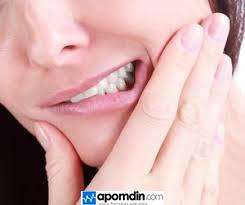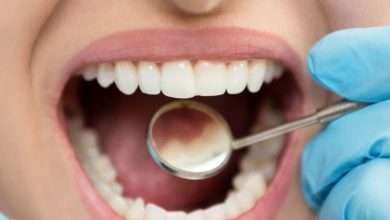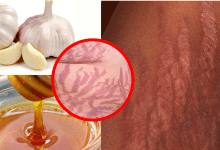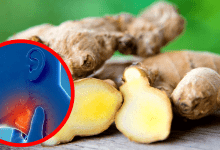
Introduction
Home remedies for a wisdom tooth pain:
Wisdom teeth are the last of your adult teeth to come in, usually appearing between ages 18 and 25. Sometimes they push through your gums without causing any problems. Sometimes they grow at an angle, pushing into other teeth or under the gums (this is called “impacted”).
You might feel pain when the tooth pushes through the gums or when it pushes against other teeth. It can also cause swelling and tenderness in your gums or jaw. You may have a headache or earache, or notice you have trouble opening your mouth all the way.
Sometimes you can tell if you have a wisdom tooth coming in just by looking in a mirror. You might see swelling on the side of your mouth and jaw. Other times, you might not be able to see anything at all. If you think you may have a wisdom tooth coming in, make an appointment with your dentist to find out for sure. Your dentist can take an X-ray to look at your teeth.
Let me share with you the Home remedies for wisdom tooth pain in this article.
What is wisdom tooth pain?

Wisdom tooth pain is the result of inflammation or infection in the gums surrounding the wisdom tooth. The pain can be caused by the wisdom tooth pushing against other teeth or pressing into the gum, by gum disease, or by an impacted wisdom tooth.
In most people, the third set of molars erupts between ages 17 and 25 as wisdom teeth. However, these teeth often grow in at an angle, which can lead to overcrowding or misalignment of other teeth. Wisdom teeth are also more difficult to reach when brushing or flossing, which makes them prone to developing cavities and periodontal (gum) disease.
This means that wisdom teeth can cause serious oral health issues if not removed. However, some people have no symptoms from their wisdom teeth and do not need to have them removed.
Causes of wisdom tooth pain?
Wisdom tooth pain can be caused by a number of factors. Wisdom teeth are the last teeth to develop, and they typically appear between the ages of 16 and 21. Many people have jaws that are too small for their third molars to fit in, resulting in impacted wisdom teeth. Wisdom teeth removal is often recommended when wisdom teeth are impacted or cause other problems.
Wisdom tooth pain can result from impacted wisdom teeth or from pericoronitis, which occurs when gums around partially erupted wisdom teeth become inflamed. Other causes of wisdom tooth pain include cavities, cysts, tumors, and mouth trauma.
Other symptoms associated with wisdom tooth pain are jaw stiffness, tenderness, and swelling of the gums around the affected area, or foul-tasting fluid coming from around the wisdom tooth. If you experience any combination of these symptoms, it’s important to see a dentist as soon as possible to prevent further complications. If you’re experiencing any combination of these symptoms, it’s important to see a dentist as soon as possible to prevent further complications.
Home remedies for a wisdom tooth pain
There are a few things you can do at home to relieve the pain caused by a wisdom tooth. While these remedies may not be as effective as a dental visit, they should provide some temporary relief.
Start with a warm saltwater rinse.

Mix a quarter to a half teaspoon of salt in 8 ounces of warm water and swish it around your mouth until your jaw starts to feel tired. The saltwater will reduce swelling and help get rid of any food lodged in between teeth or gums.
Then try an over-the-counter pain reliever.

Acetaminophen (Tylenol) or ibuprofen (Advil) should provide some relief while the swelling goes down. If you’re still experiencing discomfort 48 hours after the pain first started, schedule an appointment with your dentist so they can examine your mouth and determine what treatment is right for you.
BONUS TIPS
1. Rinse with saltwater or a hydrogen peroxide solution to clear away bacteria.
2. Apply an ice pack to the cheek to relieve pain and swelling.
3. Try over-the-counter pain medications like ibuprofen, acetaminophen, or aspirin (but don’t give aspirin to children).
4. Use over-the-counter gels that contain benzocaine like Orajel or Anbesol to temporarily numb the area.
5. Place an oral anesthetic gel like Kank-A or Orajel on the affected area before eating.
6. Apply clove oil as a topical pain reliever and anti-inflammatory agent.
7. Try a topical eugenol oil gel, which can reduce swelling in the gums and relieve tooth pain.
Conclusion
In this post, Apomdin.com shared what helps with wisdom teeth pain at home, what is wisdom tooth pain, what causes of wisdom tooth pain, and home remedies for a wisdom tooth pain you can try at home.
These remedies are all-natural and easy to follow, so why not give them a try? Please share this post and other posts with your friends and family, and let us know how these remedies worked for you in the comments below.


















Lose Weight Naturally